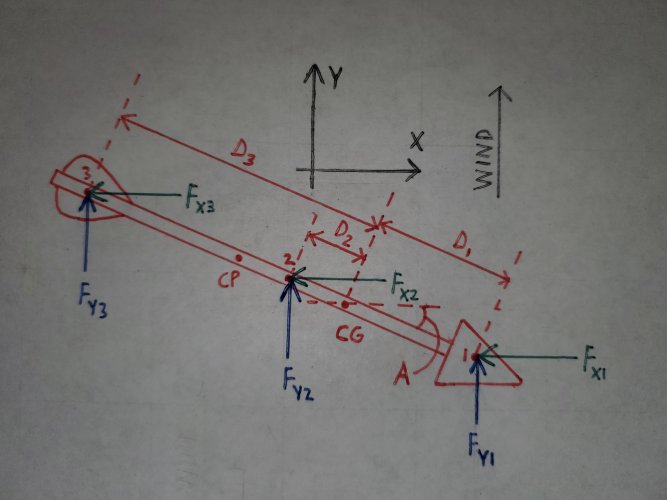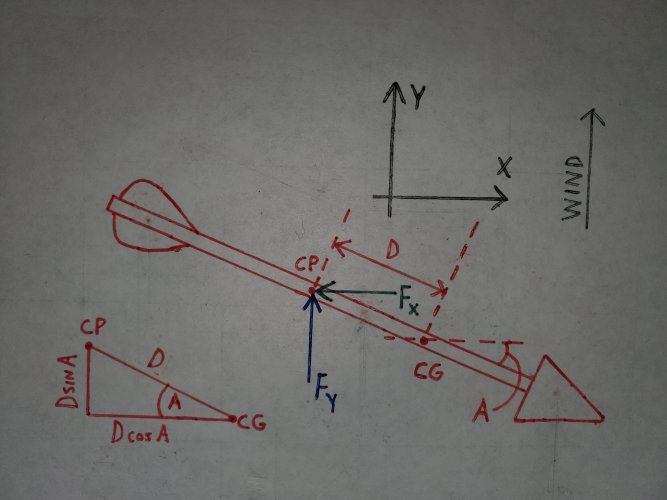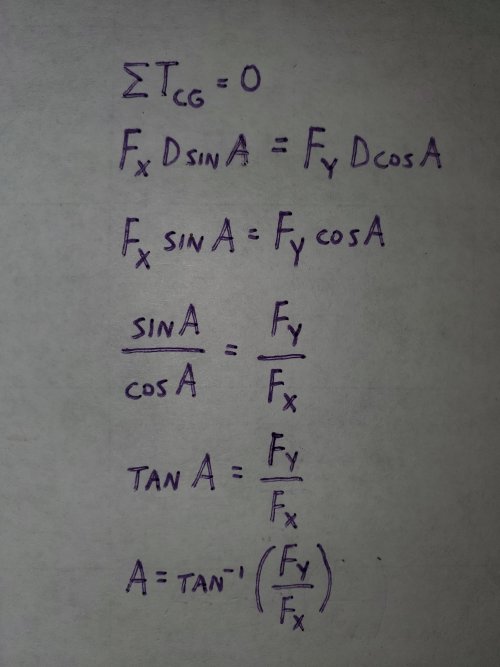ImBillT
Well-known member
- Joined
- Oct 29, 2018
- Messages
- 3,996
It only matters if it was done with a traditional bow or a compound if he was making the claim that high FOC was necessary to get the job done. All of the advantages of high FOC occur with compound bows. Compound bows can get the job done with much worse arrows due to the increased energy storage that compound bows are capable of. I’m impressed however that hunters have found ways to have an arrow stick halfway out the impact side of a deer even with a compound. All of Ashby’s penetration factors should behave exactly the same when using compounds and improving on those factors should increase penetration even when using compounds. The difference between compounds an trad bows is that a crappy arrow that only penetrates 6” from a trade bow might blow clean through a south TX whitetail from a compound.To clarify my comment of it must be a soft spot was purely sarcasm and meant no low blows to @FoodIsMemories. And as far as the rest of the Ashby stuff wasn’t most of or all his testing done with traditional tackle in mind? Not compounds.








